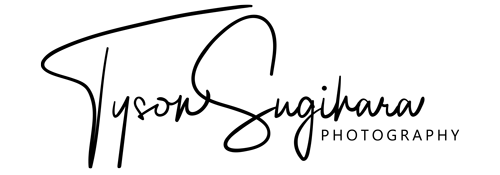RAW vs JPEG
With how quickly people are understanding digital photography, it’s a little surprising how many people are scared to shoot their photos in RAW format instead of JPEG. Why? I have no idea, I was hoping you would know. Alas, the difference between the two formats is important enough that we decided to write about it!
JPEG
This is what a lot of cameras will default to in order to make doing anything with the photos easier. For example, when you open up an image using your windows preview it’s usually in a jpeg format. The image itself is compressed to a smaller size that the computer and user can handle very easily. It’s ready to be uploaded for printing, e-mailed, or pretty much anything else you might need to do quickly. The downside to Jpeg is that because it is being compressed it has less information. Meaning if you try to edit the image, you won’t have as much information to adjust more than basic settings.
RAW
Images taken in RAW format will have the opposite of jpeg. They will have more information allowing more possibilities to edit the image. The downside is the size. More info, bigger file size. The great thing about RAW is the ability to take a photo that is underexposed and brighten the image without much of a noticeable difference. Or adjusting the white balance to be color corrected perfectly. The best way to compare the two that someone once told me is to imagine you have this big beautiful hoagie sandwich. It’s got everything, tomatoes, lettuce, salami, turkey, cheese; you name it and it’s on this sandwich. This is the RAW version of your image. Suppose you don’t want the turkey? No problem, get rid of it. Want more tomatoes? Great! Duplicate some in there. Now imagine that the hoagie sandwich is just a BLT. You can’t add turkey, it doesn’t have that to start with. And forget about adjusting the cheese, it was never there.
So if RAW is so great why would you ever use Jpeg?
In some situations when you are able to control all the variables you don’t need that extra info. You’ve metered for proper lighting, your white balance won’t change, you have control of the outcome. For example, you are shooting 250 elementary kids. This is a great time to use Jpeg, because your editing will be very minor and you want to get those parents their adorable kids’ pictures back fast. Shooting in RAW would take up a lot more space and take longer to process.
Hopefully, this will help some of you change that little mode from Jpeg to RAW. BE BRAVE!!! You’ll be happy you did.

Leave A Comment